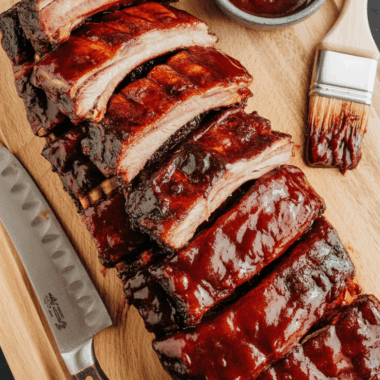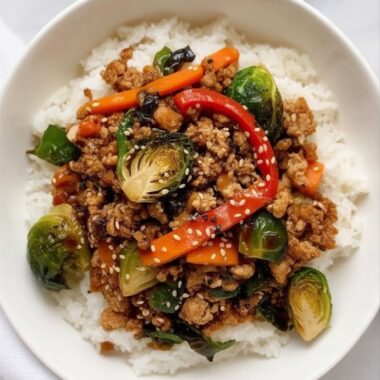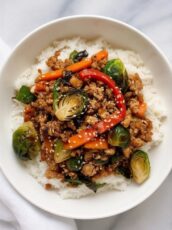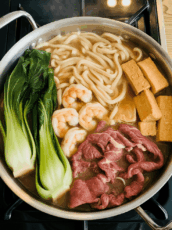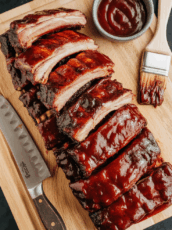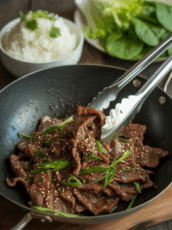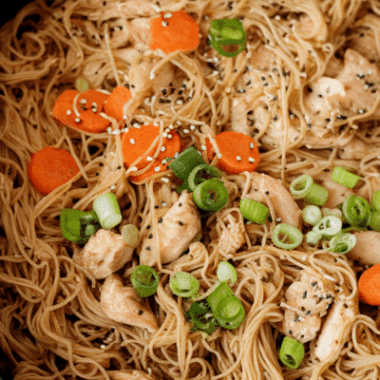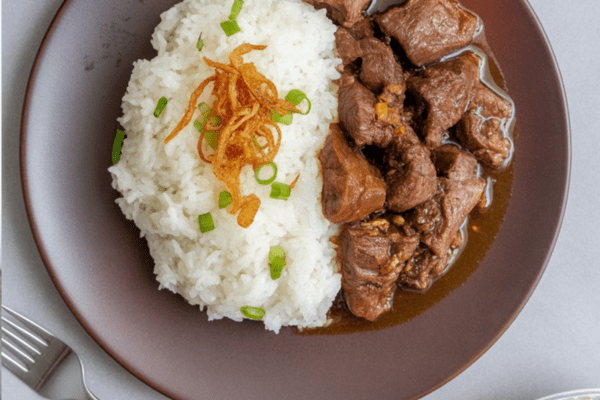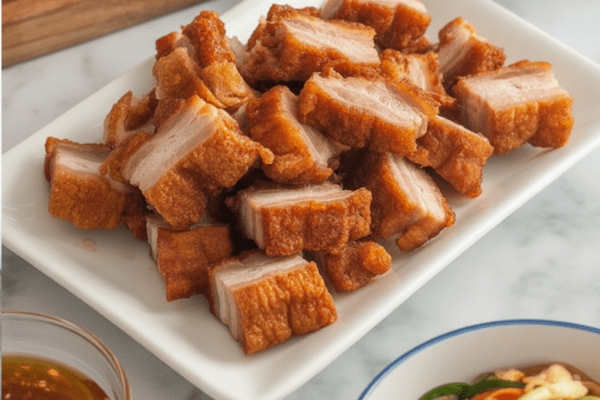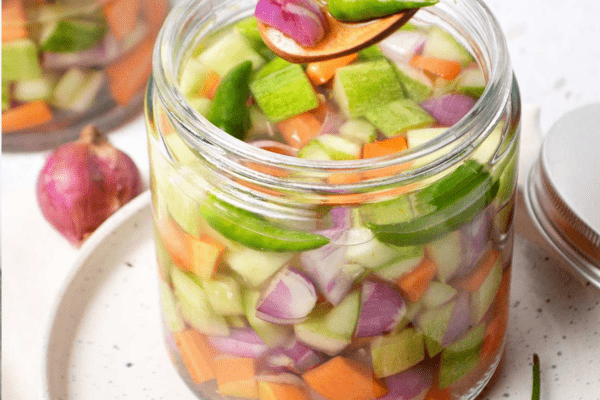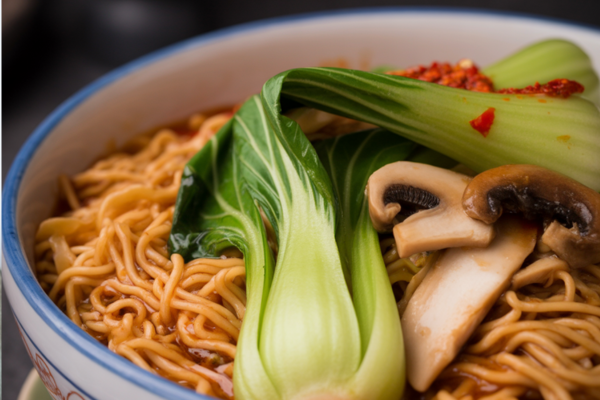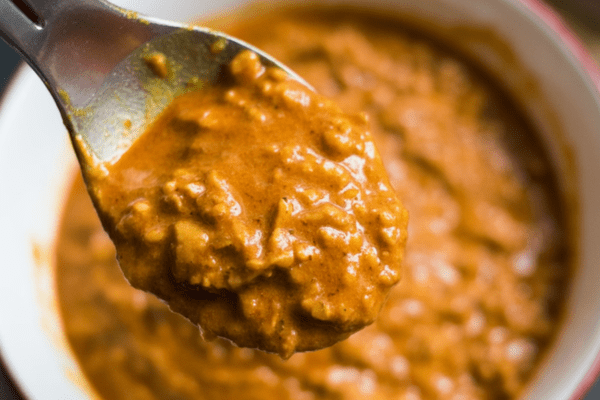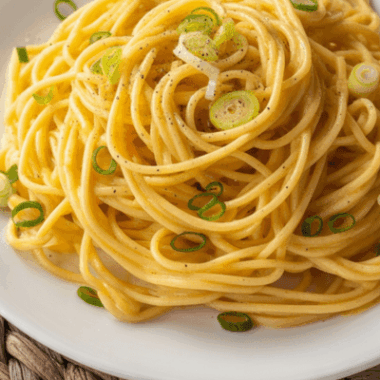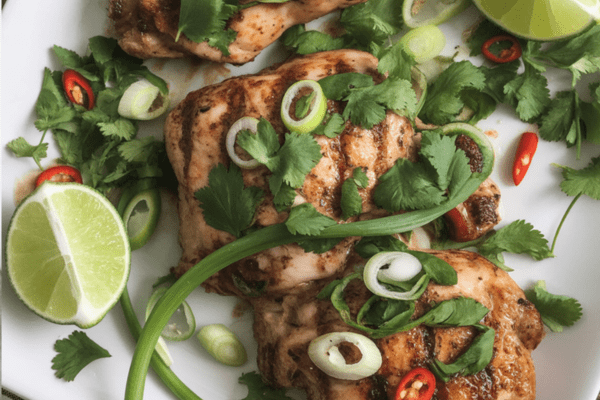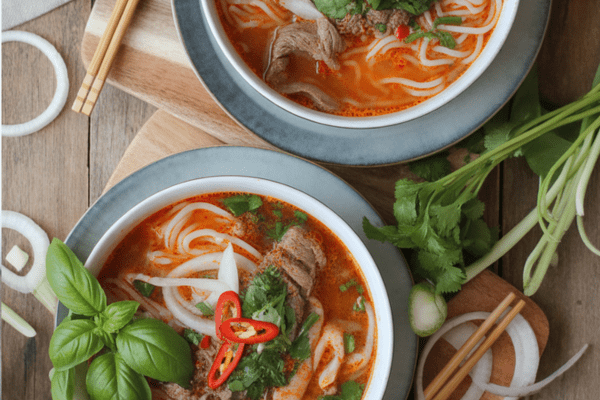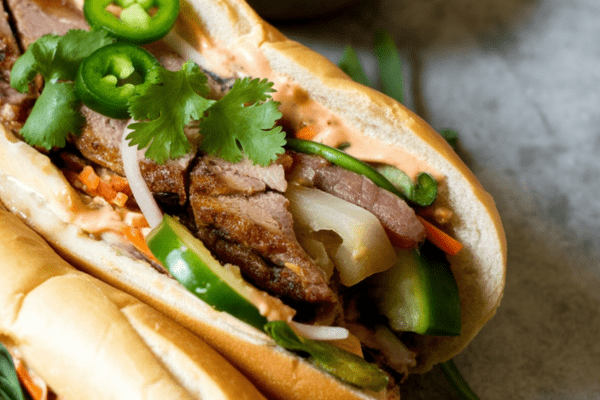Sukiyaki is one of those dishes that just feels like a warm hug in a bowl. It’s a cozy Japanese-style hot pot where thinly sliced beef, veggies, tofu, and noodles all simmer together in a sweet and savory soy-based broth. The best part? You can toss it all into one pan on your stovetop and let it bubble away while you get the rice ready. It’s one of my favorite family meals for chilly nights—comforting, hearty, and surprisingly easy to throw together.
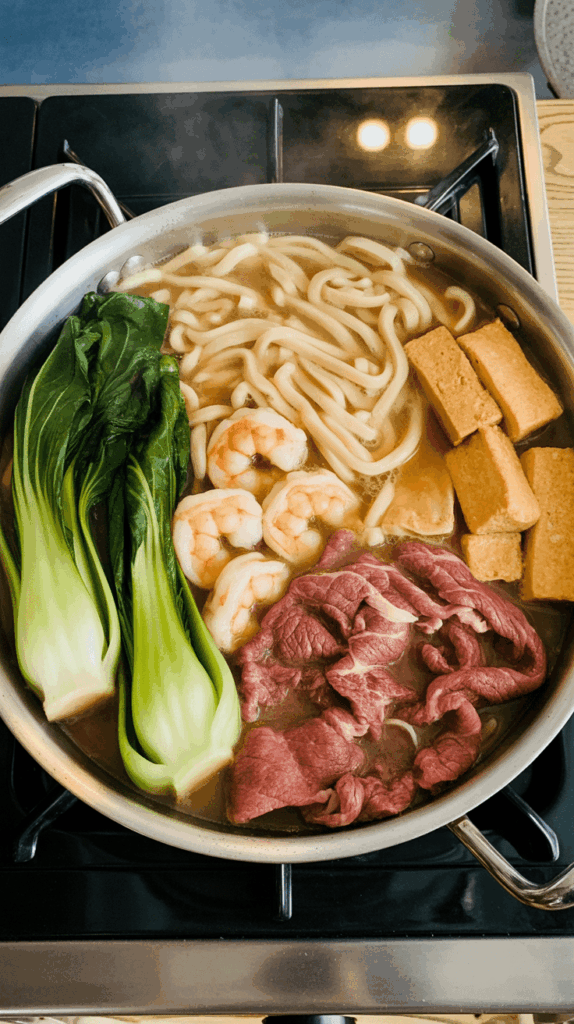
A Bit About Sukiyaki
Every time the air starts to feel a bit nippy, my brain starts whispering hot pot. And sukiyaki is usually the first one I go for. In Japan, hot pots come in many styles—shabu shabu, oden, nabe—but sukiyaki has my heart. The broth is rich and full of flavor, thanks to soy sauce, mirin, sake, and a bit of sugar. Unlike shabu shabu, which needs dipping sauces, sukiyaki is already seasoned to perfection. Just scoop it over rice, and you’re good to go.
Now, I’ll be honest—I don’t know if my version leans more Kanto (Tokyo) or Kansai (Osaka), and I don’t lose sleep over it. What matters to me is that it’s simple, delicious, and makes my whole kitchen smell like I should invite someone over.
If you’ve ever had sukiyaki in Japan, you might’ve seen people dip the cooked meat into a raw egg before eating. It adds a silky richness to every bite. If you’ve got access to pasteurized eggs and want to try it, go for it. Otherwise, don’t stress—it’s just as tasty without it.
My Go-To Sukiyaki Broth
The sauce is where all the magic happens. I like to keep it easy and memorable. Here’s the mix I always go back to:
- 2 tbsp sugar
- ½ cup mirin
- ½ cup sake
- ½ cup soy sauce
- 2 cups dashi (or water + 1 tsp dashi powder)
Now, if you’re just getting started with Japanese cooking, it’s worth picking up mirin and sake. They show up in a lot of recipes—teriyaki, oyakodon, nimono—and they last forever in your pantry. Once you’ve cooked with them a few times, you’ll see how they bring that signature depth and balance.
About dashi—yes, homemade is great, but instant dashi powder is totally fine. I use it all the time, especially on weeknights when I’m already juggling a hungry family and a pile of dishes. Just dissolve a spoonful in water, and you’ve got a flavorful base ready to go.
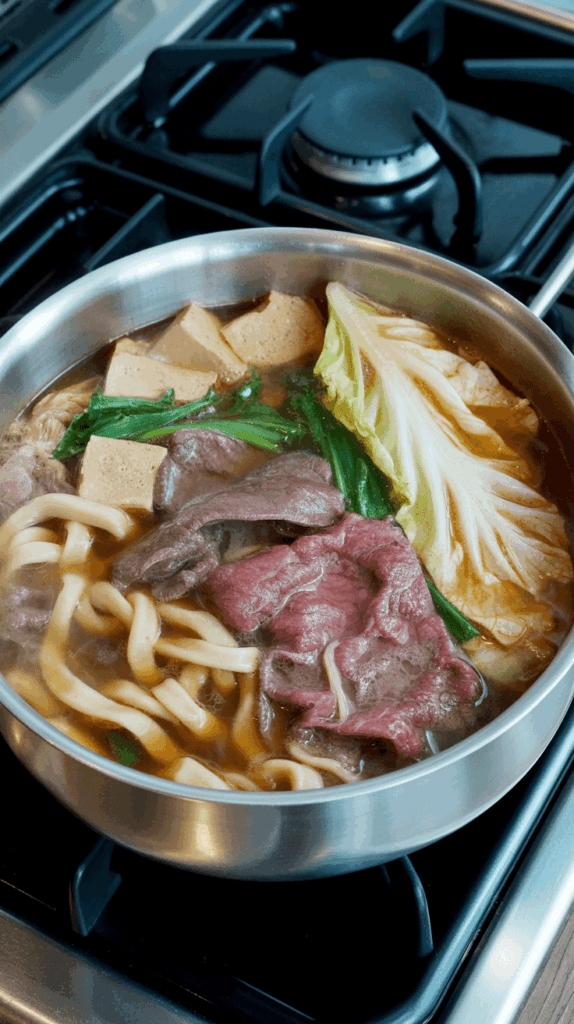
What I Throw in My Sukiyaki Pot
Traditional sukiyaki is built around thinly sliced beef, and if you’ve got a good Asian market nearby, you’ll probably find the perfect cut in the freezer section. Beyond that, it’s honestly whatever I have in the fridge. This dish is super forgiving and a great clean-out-the-veggies kind of dinner.
Here’s what usually ends up in my skillet:
Proteins I Like:
- Thin sliced beef (the star of the show)
- Tofu, cubed
- Shrimp, if I’m feeling fancy
- Pork slices or even a couple of gyoza, why not?
Veggies That Work Great:
- Napa cabbage or regular green cabbage
- Carrots, thinly sliced
- Onion slices
- Mushrooms (enoki or shiitake, both add so much flavor)
- Spinach or bok choy if I have some
- Daikon or lotus root when I want extra texture

Noodles I Often Use:
- Udon (frozen ones are best)
- Shirataki or vermicelli noodles
(depends what’s in the back of the pantry)
Don’t stress if you don’t have all of these—use what you like, what’s in season, or what needs using up.
Honestly, some of my favorite sukiyaki nights have been the ones where I went off-script. Once, I threw in leftover fish balls and some stray green onions, and it turned out amazing. This dish doesn’t judge.
How I Cook and Serve It
Traditionally, sukiyaki is cooked right at the dining table, either in a cast iron pot or on a portable burner. I don’t always go that route. Most weeknights, I just use a large, deep skillet on the stovetop. Once everything’s cooked and the broth has soaked into the beef and veggies, I bring the pot over to the table and let everyone build their own bowls.
My family likes it buffet-style. I keep a big bowl of hot rice on the side, and everyone piles on what they want. My husband skips the rice and just loads up on noodles. Me? I make sure I get extra tofu and mushrooms in every scoop.
If we have friends over or it’s a special occasion, I’ll pull out our electric hot pot and do it the traditional way at the table. It’s interactive, cozy, and perfect for cold evenings.
Tips from My Kitchen to Yours
- Get your ingredients prepped before you start cooking. Things go quickly once the broth is simmering.
- Use a wide, deep pan if you’re not using a hot pot—it gives everything room to cook evenly.
- Let the sauce simmer a bit before adding the ingredients. It helps the sugar dissolve and the flavors blend better.
- Add veggies that take longer to cook first. Carrots and cabbage go in early, while spinach or enoki can wait till the end.
- Want leftovers? Double the broth and add more noodles toward the end—they soak it up beautifully the next day.
Easy Homemade Sukiyaki
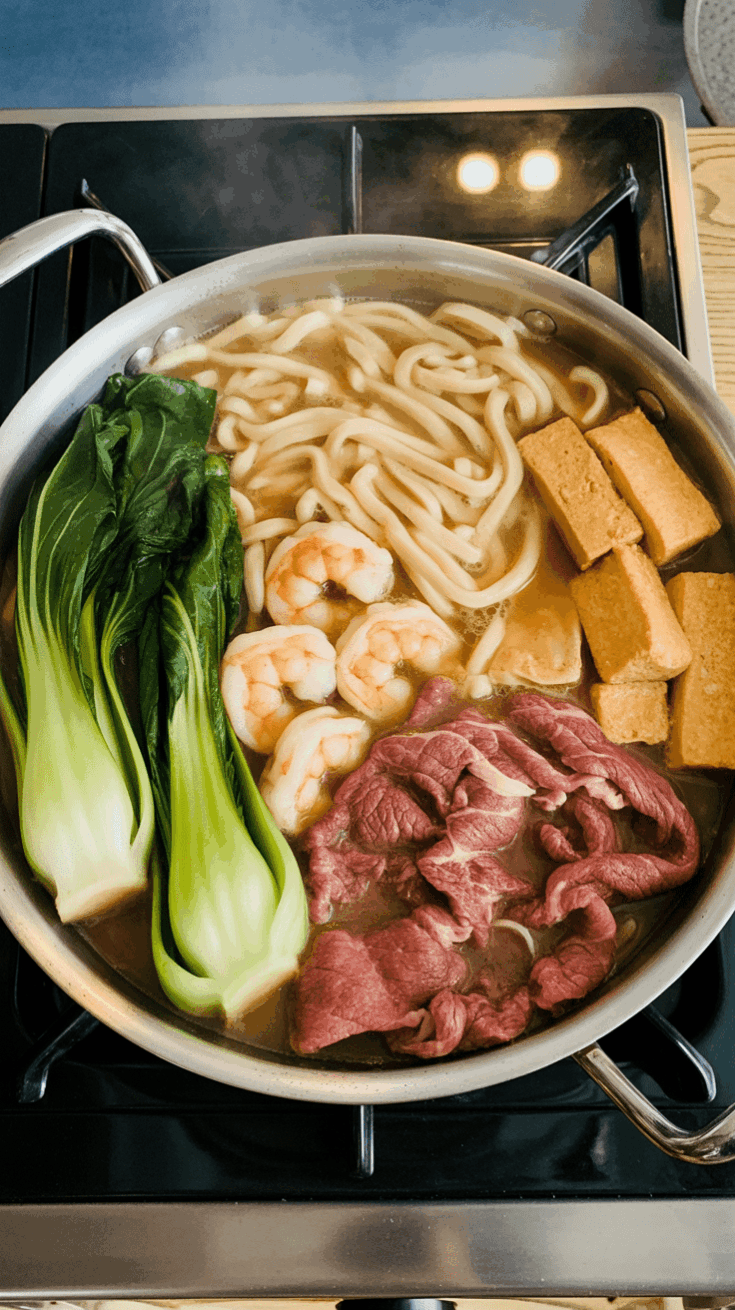
When the evenings turn cool or you're simply craving something cozy and comforting, there’s nothing quite like a bubbling pot of sukiyaki. This Japanese-style hot pot is all about balance—sweet, savory, rich, and full of fresh ingredients.
Ingredients
For the Broth:
- 2 tablespoons sugar
- ½ cup Japanese soy sauce
- ½ cup sake
- ½ cup mirin
- 1 teaspoon dashi powder
- 2 cups water
For the Hot Pot:
- 1 pound thinly sliced beef (ribeye or chuck works beautifully)
- ½ block firm tofu, cut into cubes
- 4–5 shiitake mushrooms, sliced
- 2 medium carrots, thinly sliced on a diagonal
- ¼ onion, thinly sliced
- ¼ head napa cabbage, chopped into bite-sized pieces
- 1 pack udon noodles, pre-cooked or fresh
Instructions
- Start the Broth: In a deep 10–12 inch skillet or hot pot, combine the soy sauce, mirin, sake, and sugar. Set over medium heat and bring to a gentle boil. Allow it to simmer for 2–3 minutes to let the alcohol cook off.
- Layer in Flavor: Pour in the water and stir in the dashi powder. Bring the broth back to a simmer so it’s ready to welcome your ingredients.
- Cook in Stages: Begin with the carrots—they take the longest to soften. After about 5 minutes, layer in the cabbage and allow it to cook down slightly. Next, add the onions, mushrooms, and tofu, giving each just enough time to absorb the broth and heat through.
- Add the Noodles and Beef: Stir in the udon noodles and then gently lay the sliced beef over the top. Let the beef cook just until it turns tender and barely pink—it’ll only need a minute or two.
- Serve It Up: Ladle generous portions into bowls and enjoy it as is or over freshly steamed white rice. Don’t forget a spoonful of broth—it’s the heart of the dish.
Notes
- Sukiyaki is meant to be shared. You can absolutely swap in your favorite proteins—chicken, shrimp, or even just more tofu—and change up the veggies based on what’s in your fridge. Think of it as a comforting canvas for your creativity.
Nutrition Information:
Yield: 4 Serving Size: 1Amount Per Serving: Calories: 629Total Fat: 23gSaturated Fat: 8gTrans Fat: 1gUnsaturated Fat: 12gCholesterol: 99mgSodium: 1854mgCarbohydrates: 51gFiber: 7gSugar: 26gProtein: 45g
Asianplated.com, occasionally offers nutritional information for recipes contained on this site. This information is provided as a courtesy and is an estimate only. This information comes from online calculators. Although allchickenrecipes.com attempts to provide accurate nutritional information, these figures are only estimates.
Make It Yours
This dish isn’t about perfection. It’s about comfort and flexibility. Don’t be afraid to try a seafood version or toss in leftovers. I’ve even made a “fridge-cleanout” sukiyaki with odd cuts of meat and half a block of tofu—it was still a hit.
Use what you’ve got. Make it work for you.
If you’re craving something cozy but don’t want to wash a ton of dishes afterward, sukiyaki is your answer. It’s simple, satisfying, and comes together in one pot. That’s my kind of dinner.
Let me know how you make yours—I’d love to hear what your sukiyaki pot looks like.
Try other Chinese recipes:

